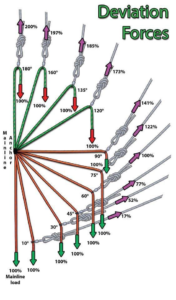Bob Mehew
Well-known member
For me the insurance is not really about a payout to an injured person, it is the cover for legal representation against such claims which is far more likely. That can be a major expense in its own right. I gather the incidence of frivolous claims has risen over the years. And yes I speak from being on the fringe of one action (not related to BCA's insurance) which fortunately was defeated.




